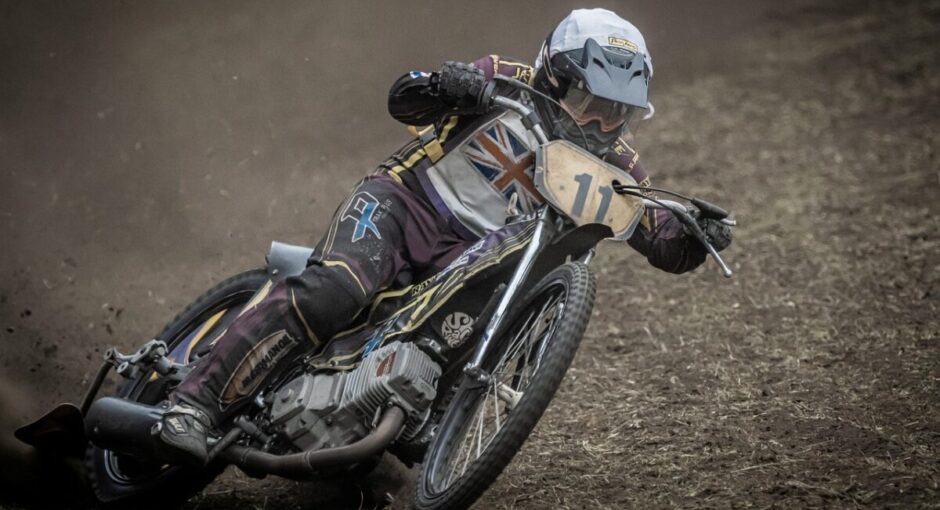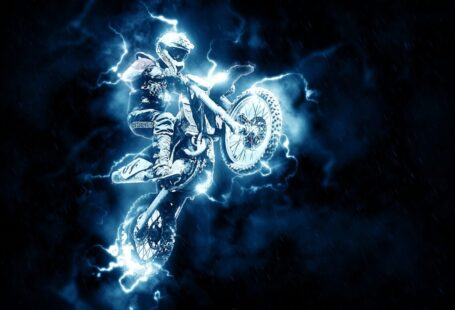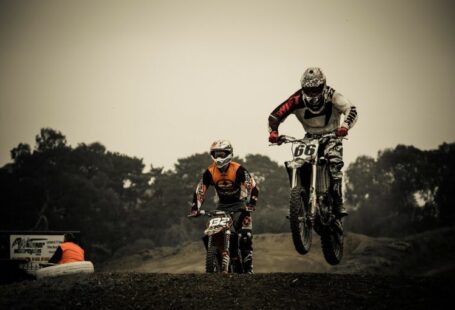Bike parts are not the same as car parts
But there are some similarities. The differences, however, are pretty important. Ultimately, we need to go, stop, and steer, but those things are accomplished a little differently on a motorcycle than they are in a car. Some things are pretty dang similar, but most are not. Let’s examine some of the differences in a few of the major components, shall we?
The transmission: Now we can get to some of that shifting stuff. Most cars in North America utilize automatic transmissions, but almost all of the motorcycles we have here are equipped with manual transmissions. Most motorcycle trannies are a specific type of manual transmission known as a sequential manual. That name tells you that you must move through the gears in numeric order. In a car, a driver can skip-shift and make a second-to-fourth shift without ever hitting third gear, for example. That’s not possible on a bike. You can shift into and out of third quickly. You can also hold the clutch in through both shifts, too. But ultimately, you do have to actually shift through the gear. And oddly, neutral is a weird “half step, ” generally between first and second.
The brakes: They’re actually split front and rear. Unlike a car, which link the front and rear brakes, motorcycles have separate controls for the front and rear brakes, because different scenarios can require different amounts of each brake. We didn’t cover braking too much in the video, but as a learner, you’ll want to try to use both brakes at all stops.
The throttle: Twist the throttle to make the bike go faster. It works just like the gas pedal in a car, only you’re using your right hand, not your right foot. Remember that “when do I shift” question? Well, the answer can get a bit tricky. Some bikes, like some cars, include no tachometer and you sort of shift by ear. When the engine starts to sound uncomfortably loud, you shift up a gear. On other types of motorcycles, it can be really important to keep the motorcycle within a pretty narrow operating range. Bikes like this usually have a very visible tachometer that gives you visual shifting feedback in addition to the auditory clues the engine serves up.
The turn signals: Unless you have a reasonably fancy motorcycle, you have to turn ‘em off. They don’t cancel automatically, like a car does.
Starting the bike
On modern, fuel-injected bikes, starting is pretty easy, almost car-like! There are some differences, but they’re not hard to get accustomed to. Here’s the routine: Take the bike off the stand, turn the key and the ignition switch on, put the bike in neutral, pull in the clutch, and hit the starter button. It’s cake. It takes longer to read it than to actually do it.
You may find you can eliminate some of these steps on your motorcycle, depending on how it was built and wired. For instance, most Harleys don’t have a sidestand or clutch switch, so you can eliminate those steps from the routine. However, it does become much more important to make sure you remember to flip up the jiffy stand and make sure the bike’s not in gear, or you might have some fairly disastrous consequences. (I’ve seen a fella’s bike roll away when he hit the starter while the bike was in gear. It was hilarious.)
If you’ve got an older machine, though, things can be different. Chokes, ticklers and kickers are items that some old-timey bikes have that may require a very specific starting sequence. If you’ve got one of these items to contend with, do what all of us who have ridden an old bike did before you: enlist the help of a buddy, and pray. Lots of praying.
Getting moving is the hard part
Those of you who have driven a car with a manual transmission know the finesse required to balance the application of the throttle with the engagement of the clutch. It’s a very similar process on a motorcycle. Those of you who have not driven a stick… well, you’ll learn. It’s a herky-jerk life when you first begin on either a bike or in a car. Effectively, if you’re getting on the gas, you’re letting off the clutch, and vice-versa. The two are inversely proportionate.
The process sounds easy, and it is — sort of. You have to “train” your hands to work in concert with one another. Once you get the hang of it, it’s pretty simple, but at first it’s easy to upset the rather delicate interplay of these two things. Give it too little gas, and it will stall out and die. Too much gas? The engine will rev way up. (And if you let the clutch go, you might be popping your first wheelie!) This will likely be a practicing point for most rookies. (Again, this is similar to learning to drive a car with a manual transmission.) Happily, the clutch/throttle interplay is most difficult when moving from a dead stop, so if you can master that, gear changes into increasingly higher gears get easier and easier.
Now, the wrench in this whole works is that you’ve got to master this trickery while you’re balancing. It sounds easy, but it can feel like a juggling act when you’re first starting out. Oh, and you’ve also got to watch out for road hazards. This alone is a good reason to start somewhere safe like a wide-open parking lot away from traffic or in a field. (And for the love of motorcyclists everywhere, please don’t trespass, either. That’s not cool.)



